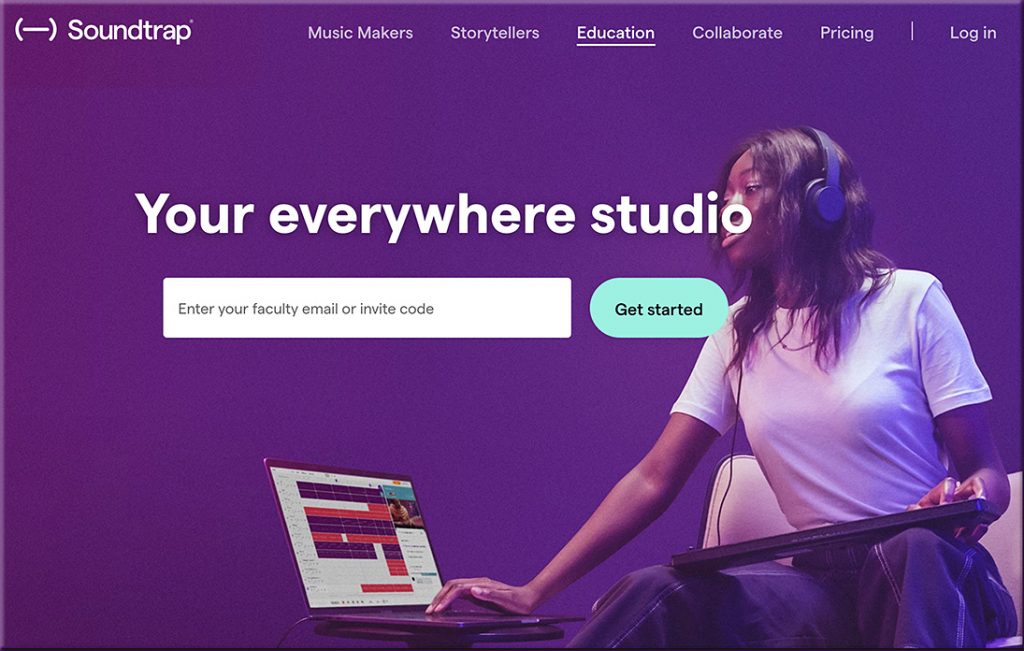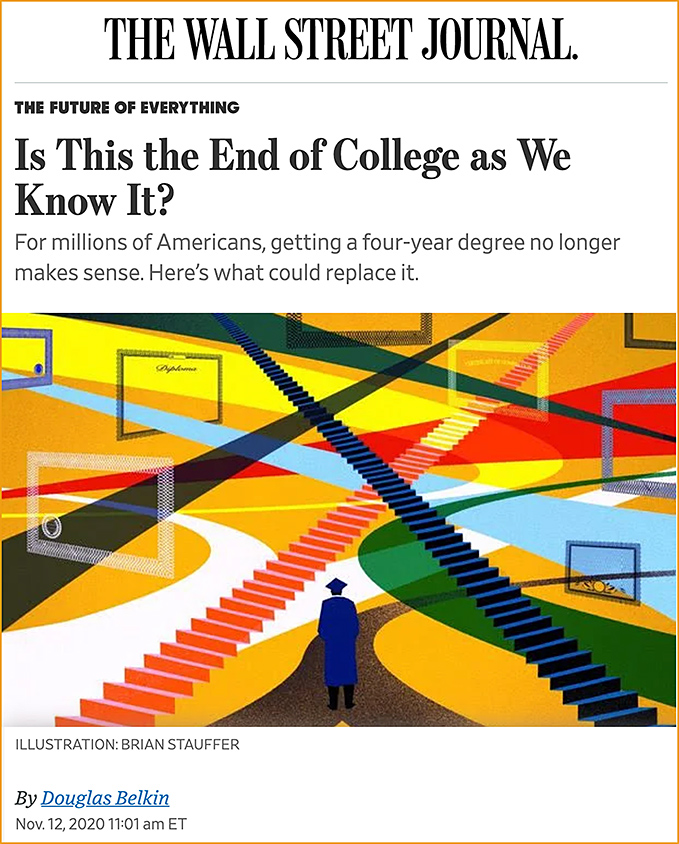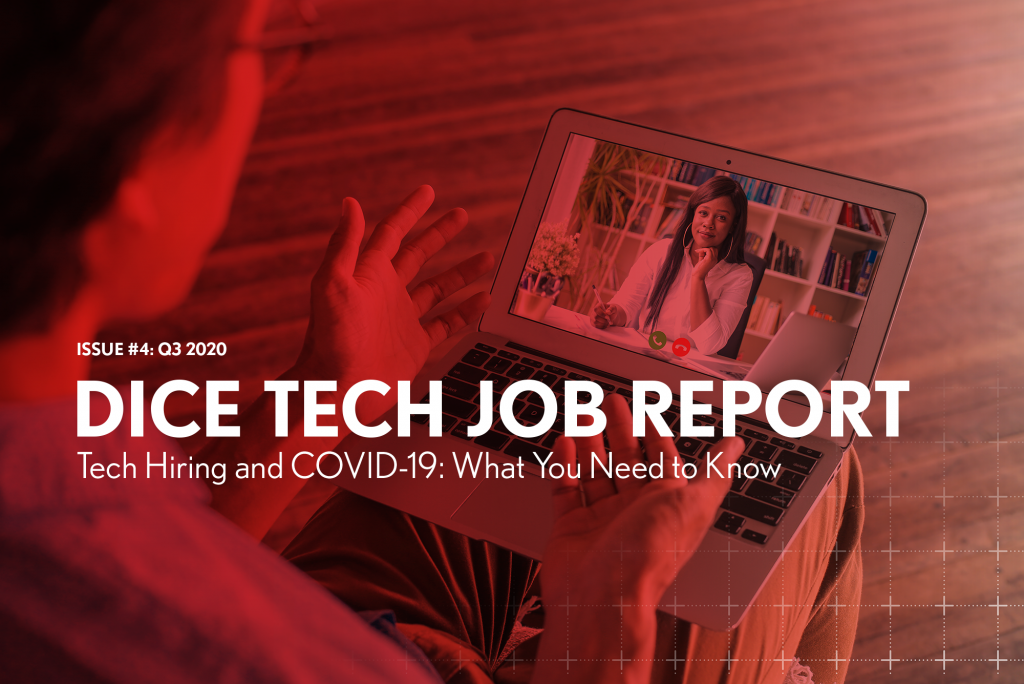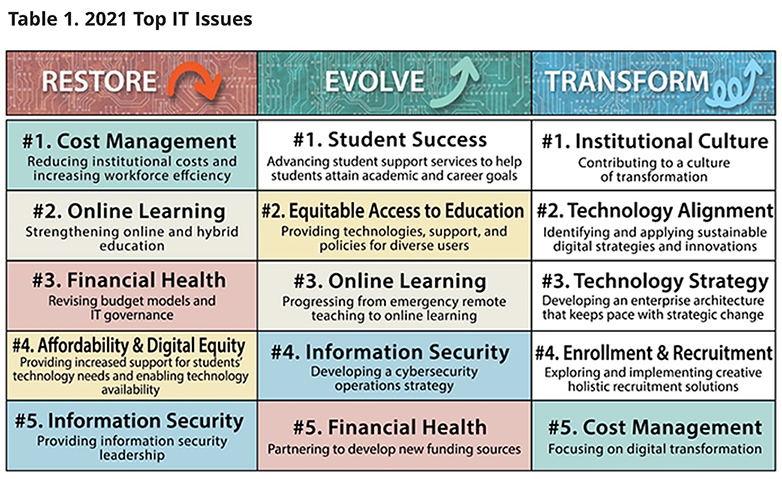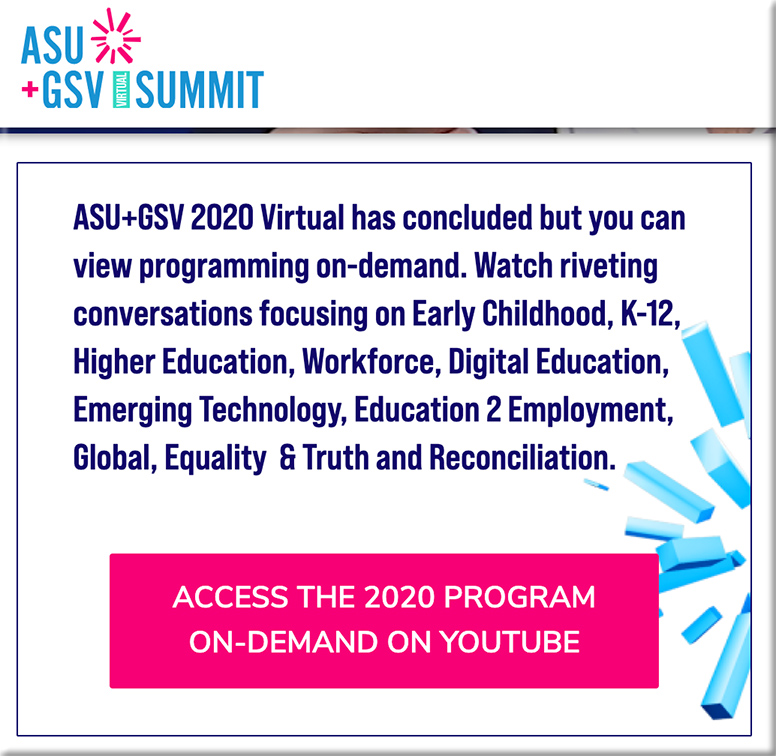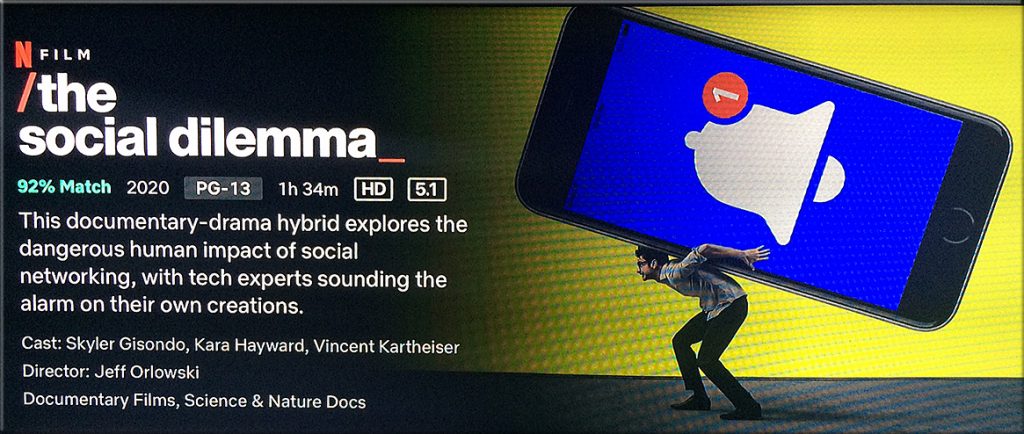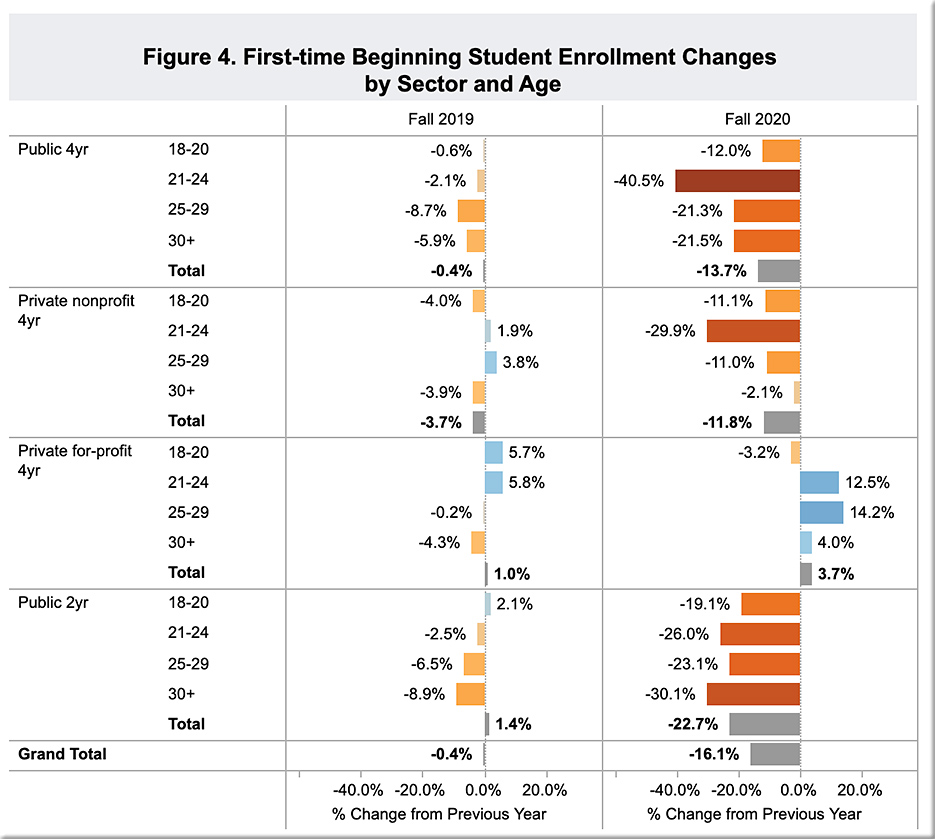DC: So how might this impact the learning ecosystems out there?https://t.co/tMl5ouSX1x#learningecosystems #learningfromthelivingclassroom #careers #careerdevelopment #education #highereducation #change
— Daniel Christian (he/him/his) (@dchristian5) November 25, 2020
Employers May Drastically Change Benefits in 2021 — from insights.dice.com by Leslie Stevens-Huffman
Excerpts:
As employers continue to rethink all aspects of business and strategy in the wake of COVID-19, many are also exploring major changes to benefit programs and perks for 2021.
…
After access to routine health services became an issue during the lockdown, some 32 percent of employers are planning to add virtual care or telehealth services to existing health coverage, according to a study by Mercer, an HR consulting firm.
Bloomberg Law 2021 — from pro.bloomberglaw.com
Excerpt:
Our Bloomberg Law 2021 series sets the stage for a new year, previewing the themes and topics that our experts will be watching closely, so you can effectively navigate the dynamic legal landscape. Our team of experienced legal analysts leverages the latest data and technology to deliver expert perspectives on the legal market to the legal market.

Top IT Issues, 2021: Emerging from the Pandemic — from educause.edu
Excerpt:
The EDUCAUSE Top IT Issues list has been refactored for 2021 to help higher education shape the role technology will play in the recovery from the pandemic. What different directions might institutional leaders take in their recovery strategy? How can technology help our ecosystem emerge stronger and fitter for the future?
The 2021 EDUCAUSE IT Issues project explores these questions using a very different approach from previous years. Anticipating potential ways institutions might emerge from the pandemic, this year we offer three Top IT Issues lists and examine the top 5 issues within three scenarios that may guide institutional leaders’ use of technology: restore, evolve, and transform.
Also see:
- Educause Identifies Top IT Issues for an Uncertain Future — from campustechnology.com by Dian Schaffhauser









